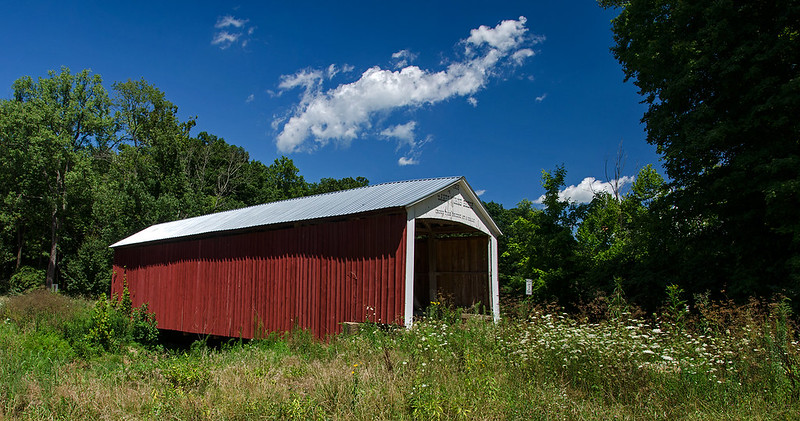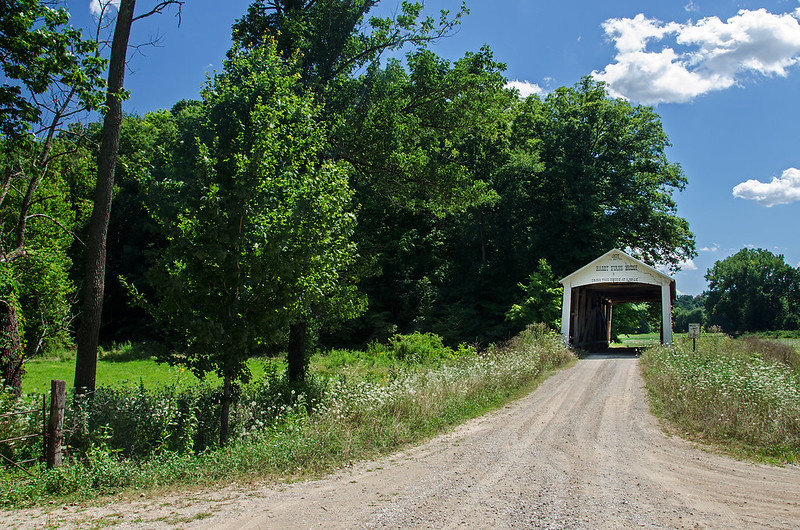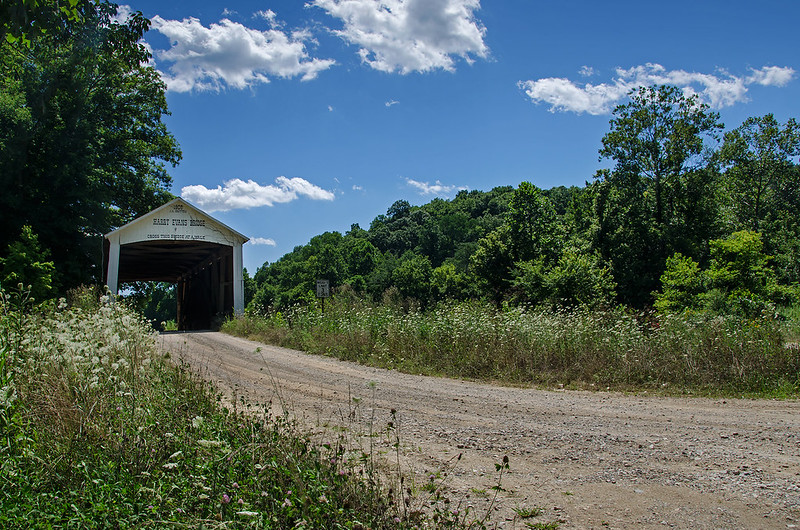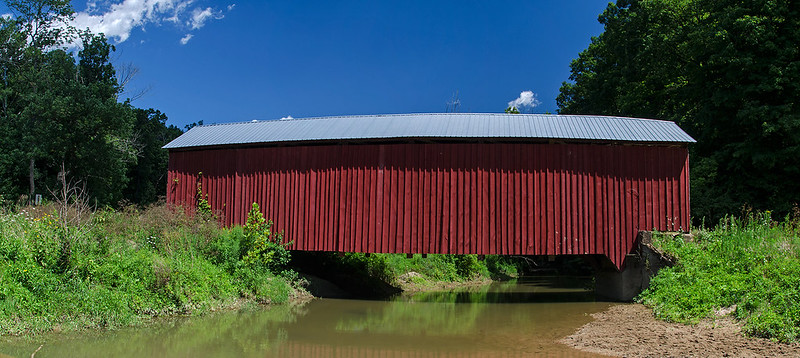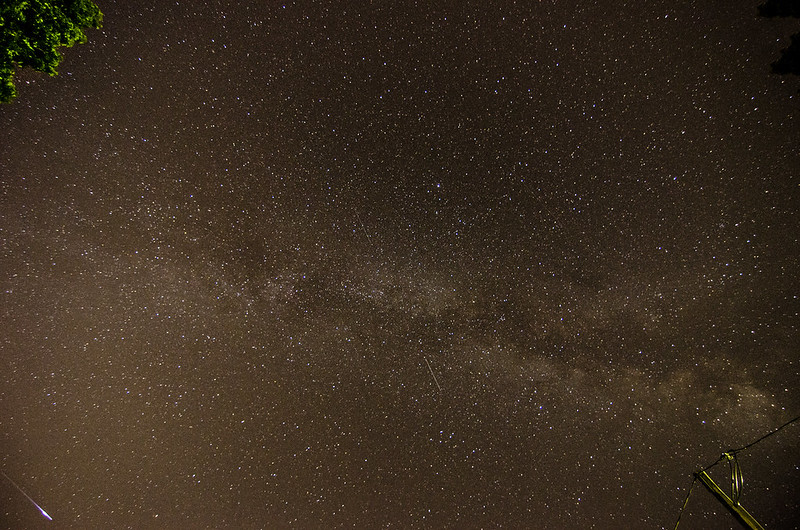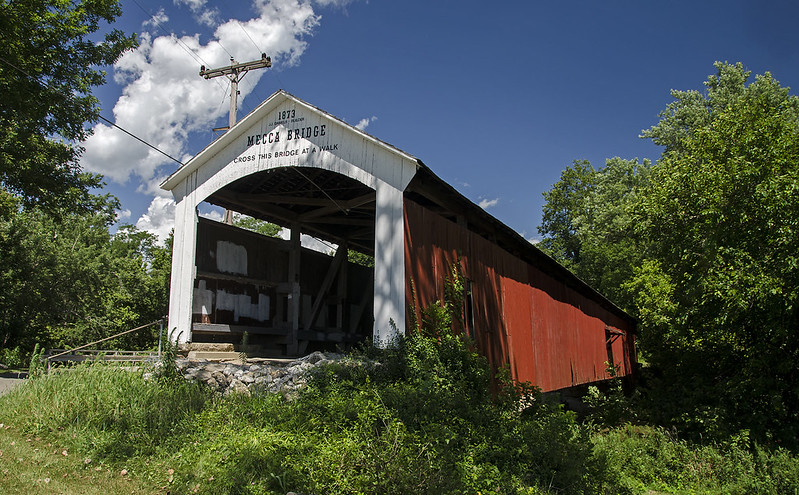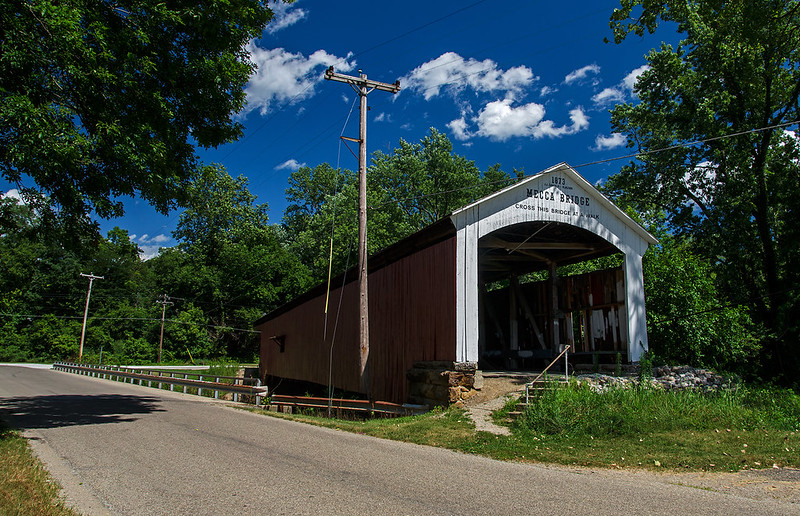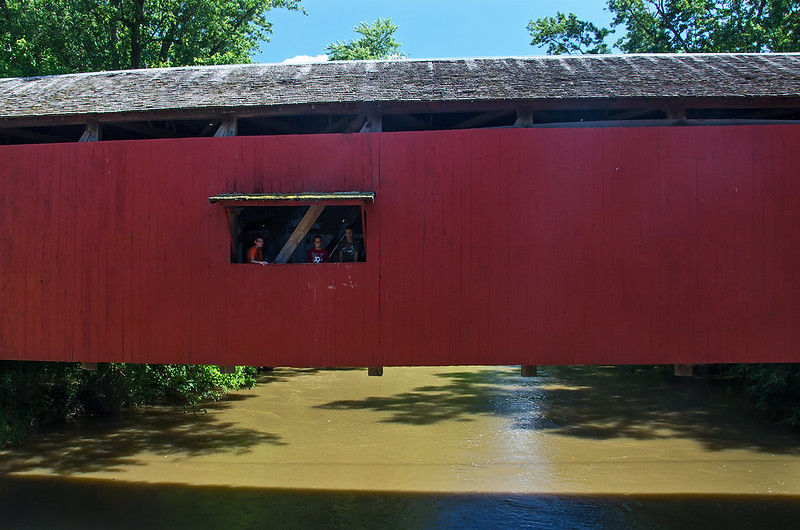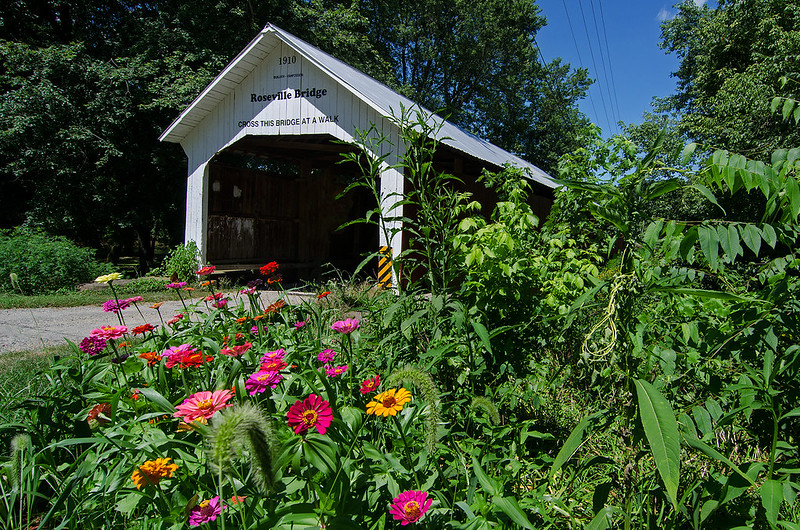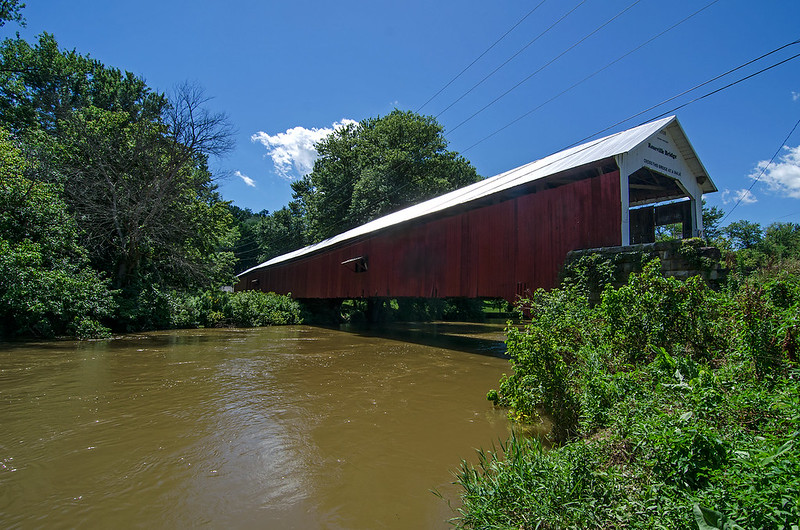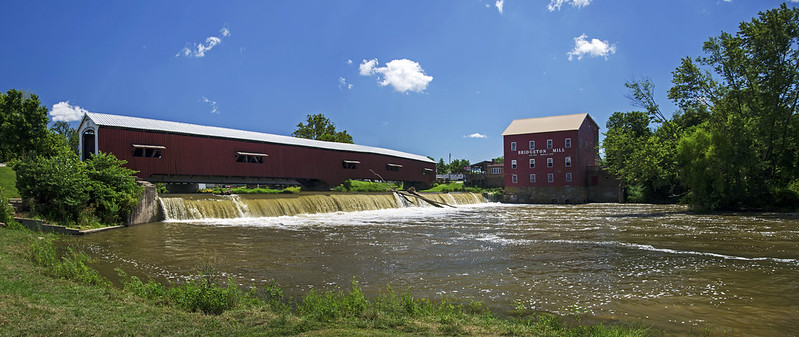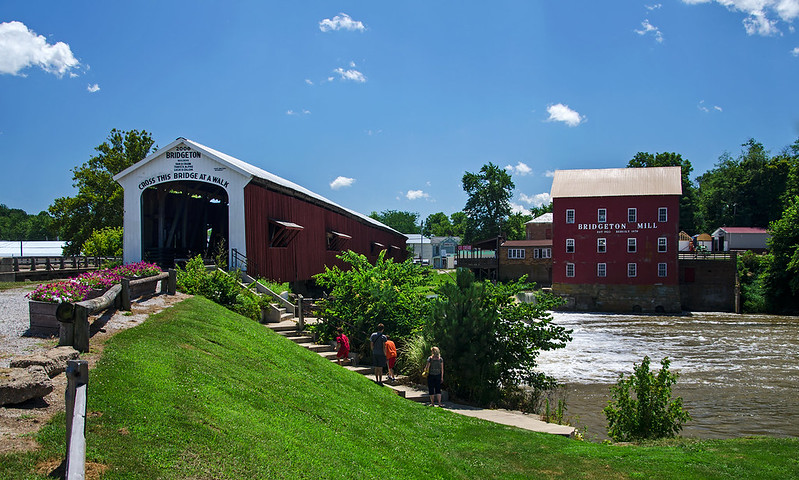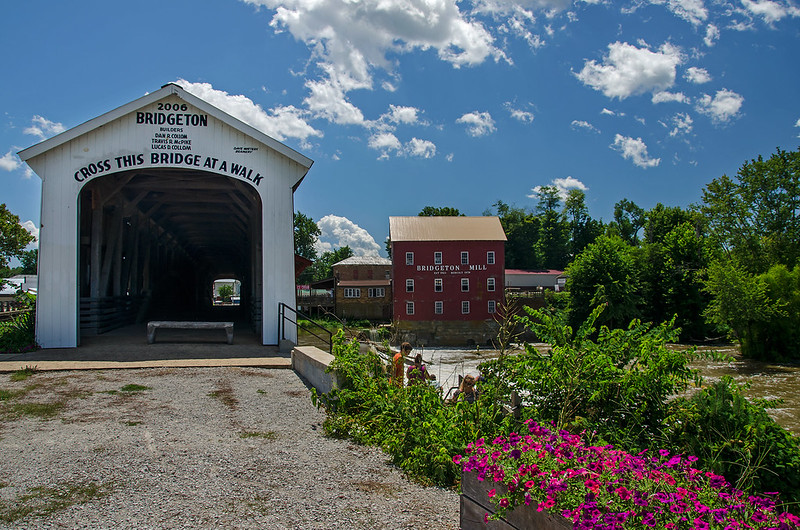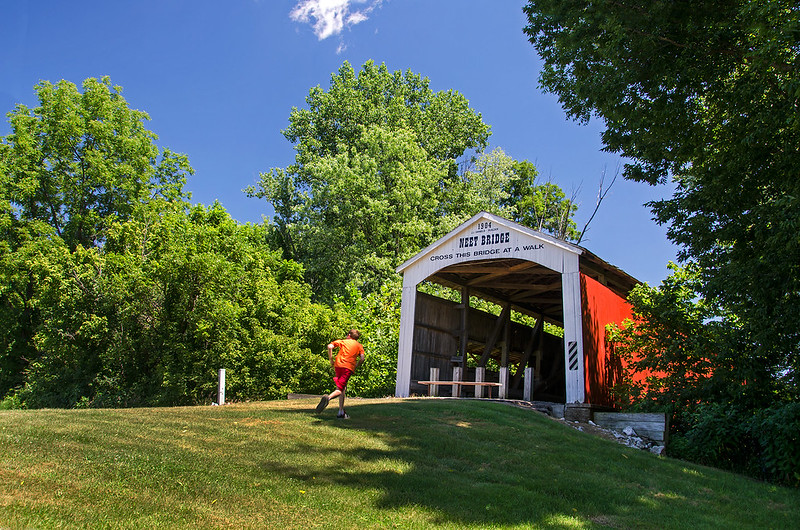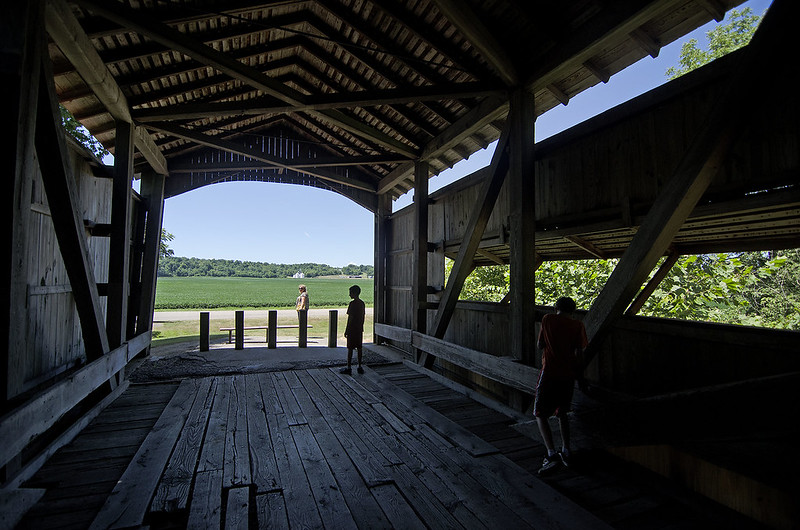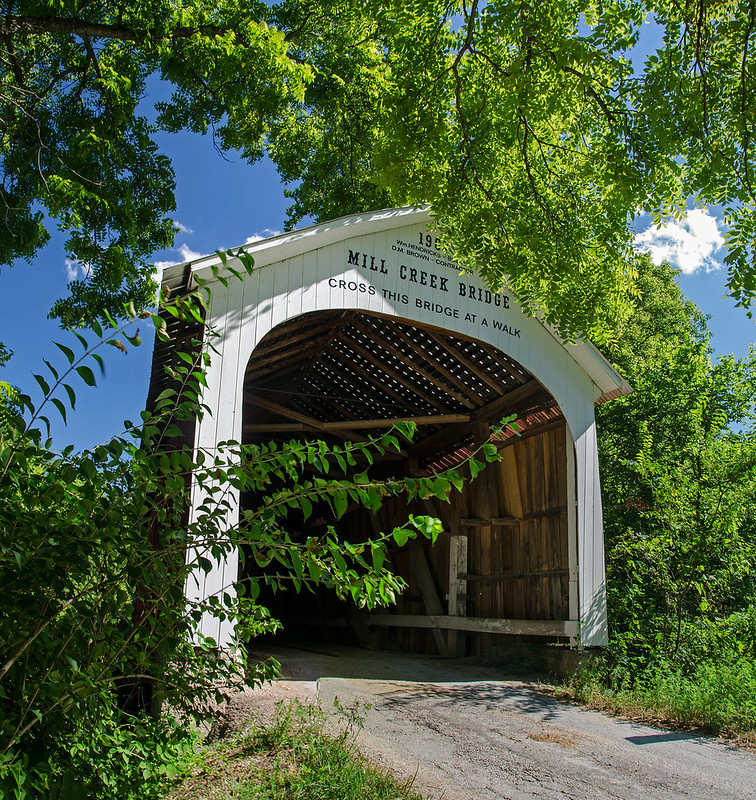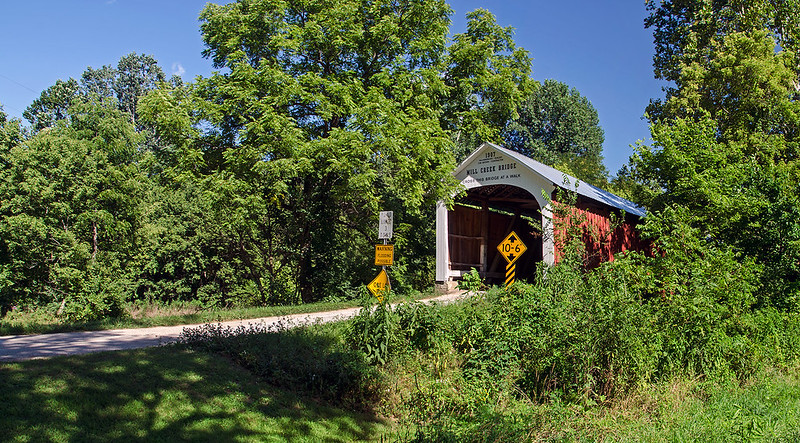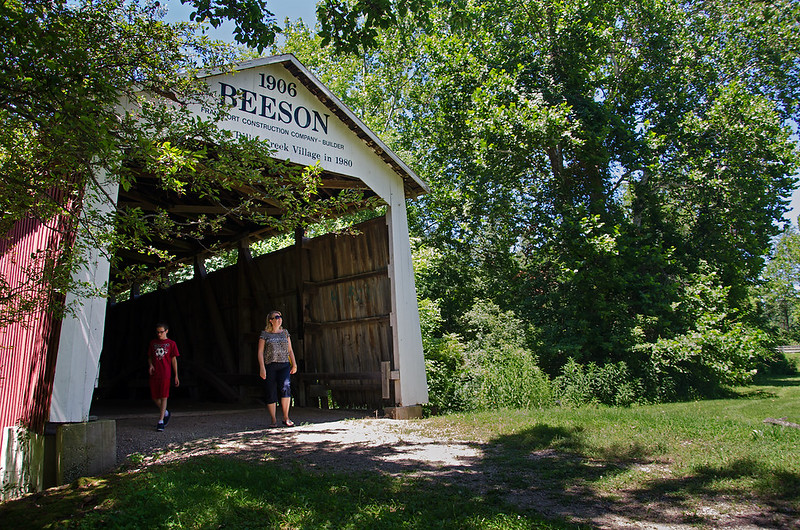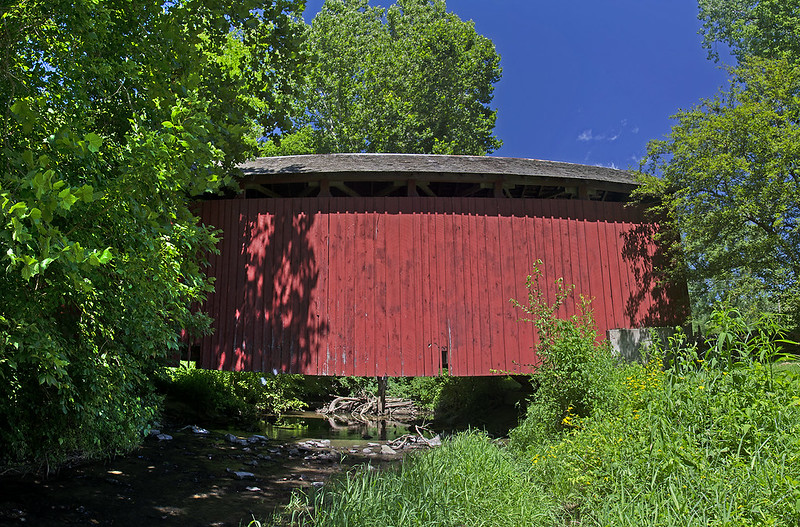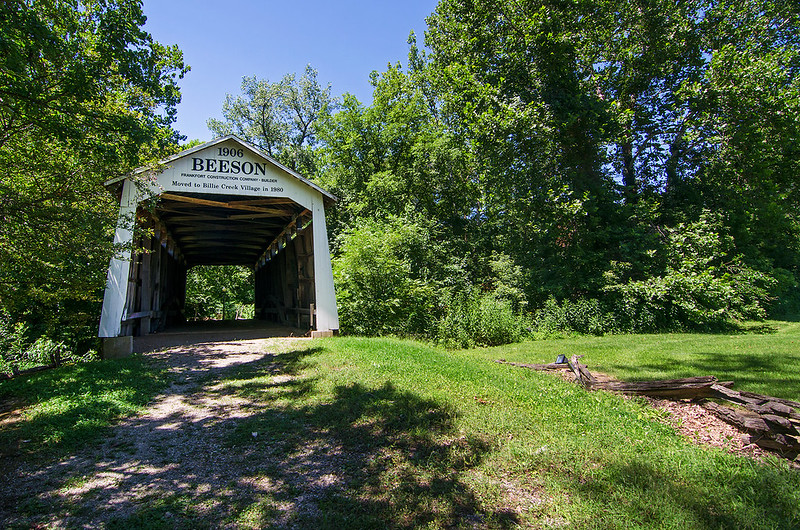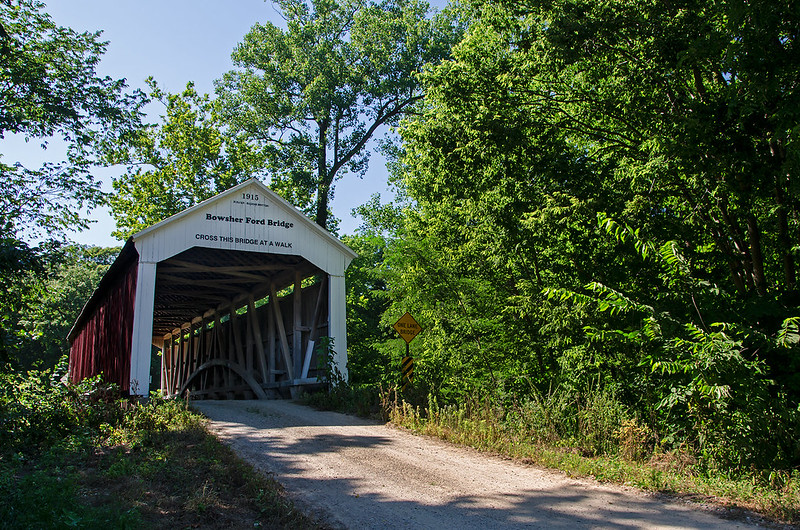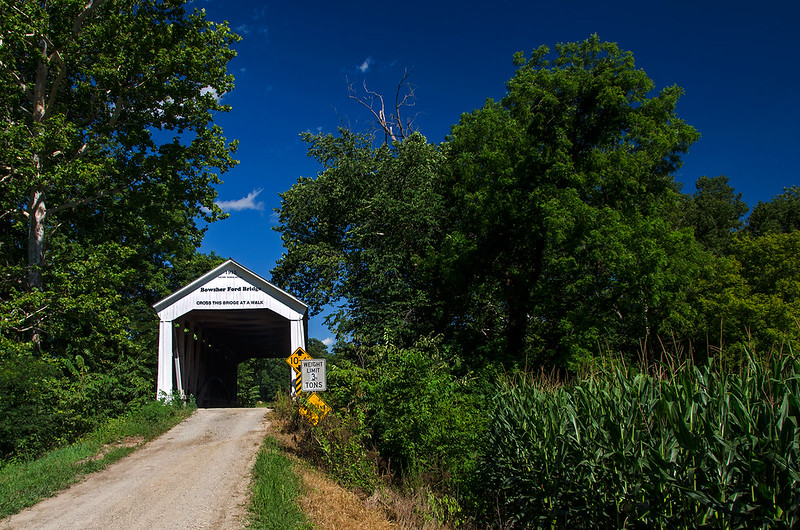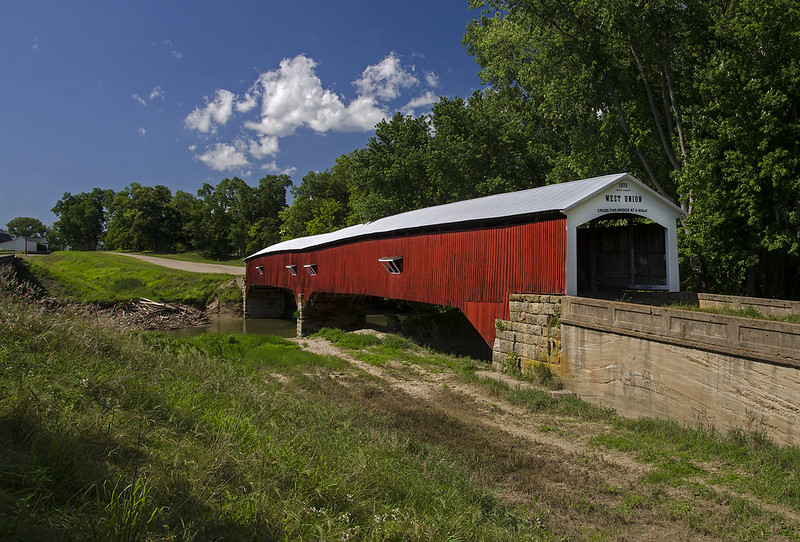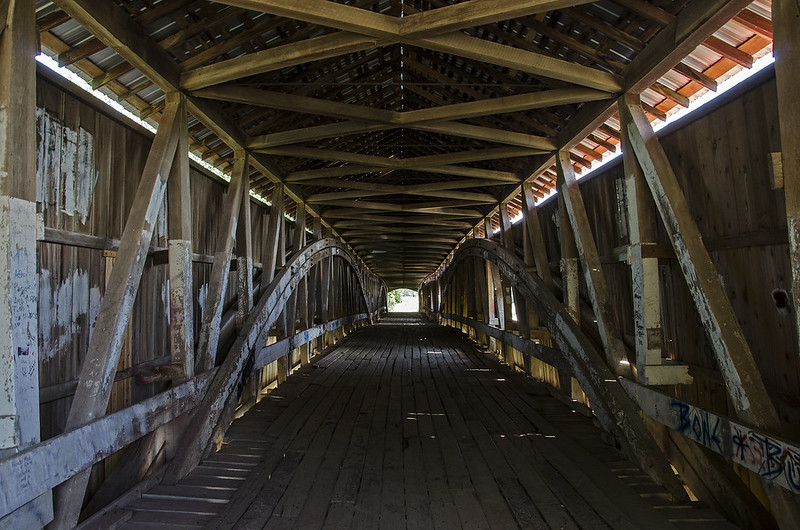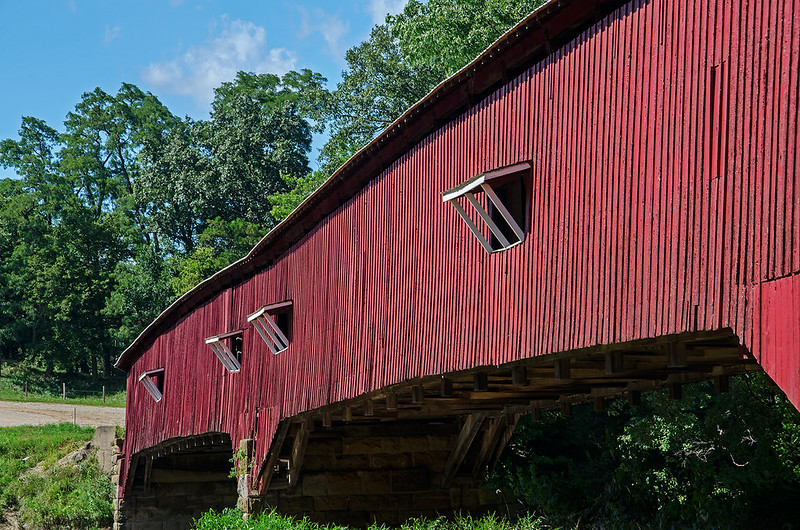
Two boys play in an unusually calm Lake Michigan on a hot summer morning. Throwing stones into the lake, skipping rocks, and hunting for fossils were the top activities of the morning.
Two of the most popular beaches have been closed this summer - Mt. Baldy (closed to the public since 2013), and Central Beach (closed since July). This puts a lot of pressure on the few beaches left - visitors must arrive before 10 am for a chance at a parking space. The beaches themselves do not seem overcrowded, since there is little parking available.
With any luck, the two beaches will reopen next year, allowing visitors to walk once again on the sands of Lake Michigan next to the wooded sand dunes.
